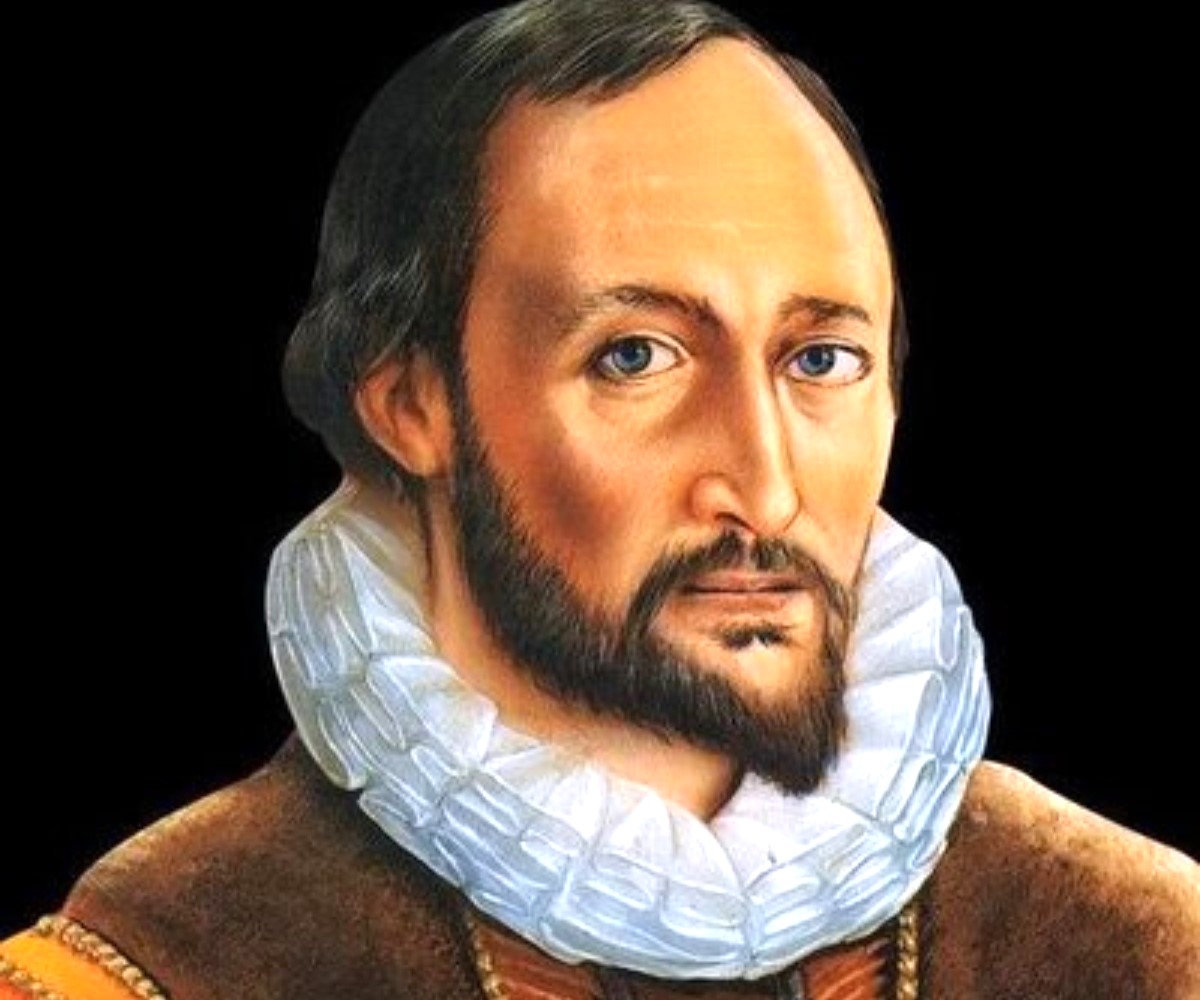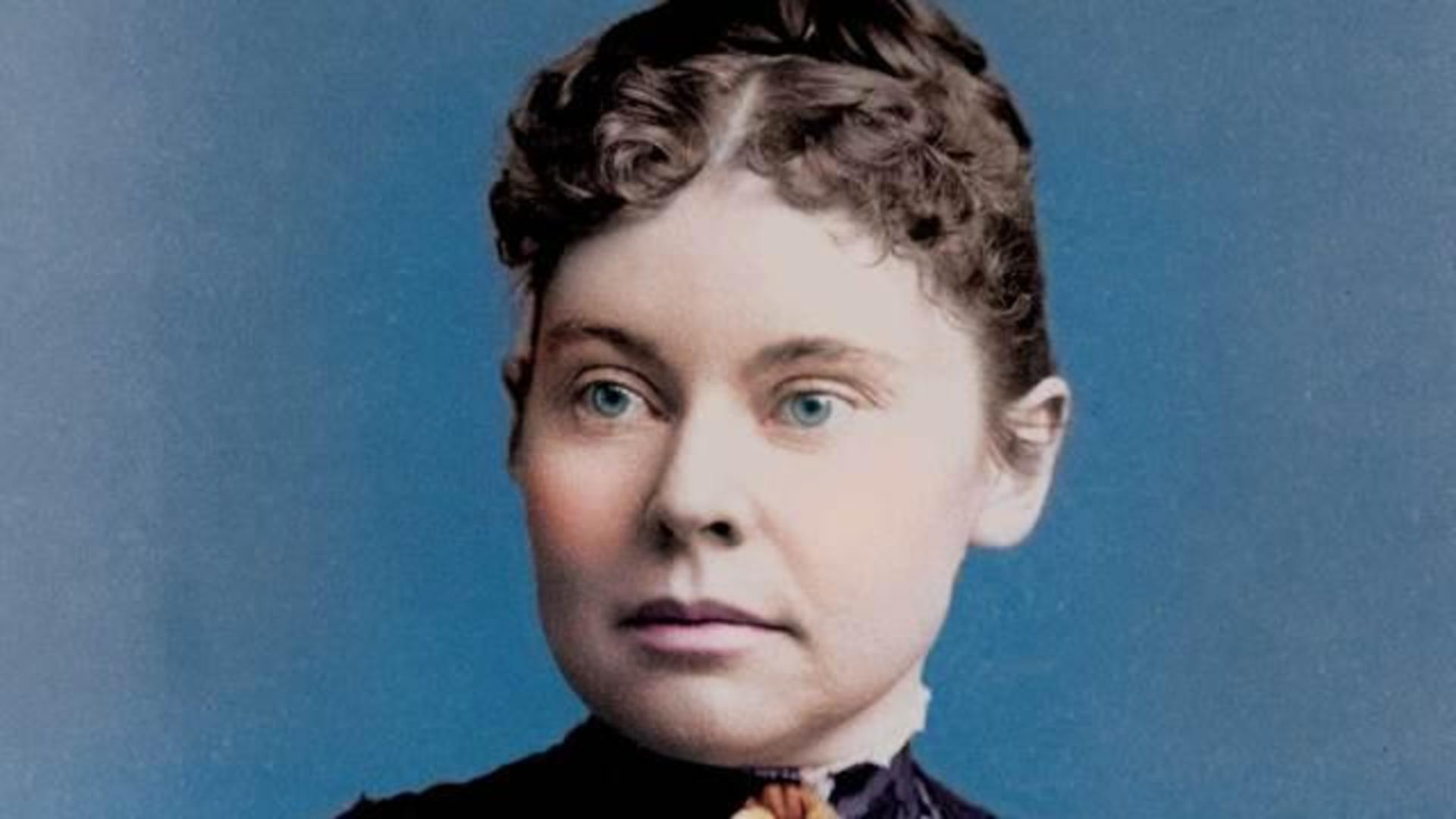
Thomas Harriot, a brilliant mathematician, astronomer, and ethnographer, was a key figure in the early scientific discoveries of the 17th century. His contributions to various fields of study have left an indelible mark in history, yet his name is often overshadowed by his contemporaries, such as Galileo Galilei and Johannes Kepler.
In this article, we will delve into the intriguing life and achievements of Thomas Harriot. From his groundbreaking observations of celestial bodies to his documentation of indigenous cultures in the New World, Harriot’s work transcends conventional boundaries and showcases his insatiable curiosity and thirst for knowledge.
Prepare to be amazed as we explore 17 intriguing facts about Thomas Harriot that shed light on his remarkable contributions and lasting legacy in the annals of scientific history.
Key Takeaways:
- Thomas Harriot was a brilliant mathematician, astronomer, and explorer who introduced the potato to England and made significant contributions to lunar mapping and sunspot discovery.
- Despite the loss of many of his works, Thomas Harriot’s legacy lives on through his influential contributions to mathematics, astronomy, and ethnography.
Early Life
Thomas Harriot, born in 1560, was an English astronomer, mathematician, and ethnographer.
Education
Harriot studied at Oxford University and was known for his mathematical skills.
Exploration
Harriot was part of the expedition to Roanoke Island, now present-day North Carolina, in 1585.
Ethnographic Study
During his time in the New World, Harriot documented the indigenous people and their culture.
Introduction of the Potato
Harriot is credited with introducing the potato to England after his exploration of the Americas.
Lunar Mapping
Harriot made detailed drawings and observations of the moon, becoming the first person to create an accurate map of its surface.
Sunspots Discovery
Harriot was one of the first astronomers to observe and document sunspots, contributing to our understanding of solar activity.
Mathematical Innovations
Harriot developed methods for solving equations and working with infinite series, pioneering advancements in mathematics.
Telescope Development
Harriot improved upon the design of the telescope, making significant contributions to its development.
Mathematical Symbols
Harriot introduced symbols such as the plus and minus signs, still widely used in mathematics today.
Patronage of Sir Walter Raleigh
Harriot enjoyed the support and patronage of Sir Walter Raleigh, a prominent figure in the court of Queen Elizabeth I.
Mathematical Correspondence
Harriot exchanged mathematical ideas and discoveries through extensive correspondence with other leading scholars of his time.
Influence on Descartes
Harriot’s mathematical works had a significant impact on the renowned French philosopher and mathematician, René Descartes.
Lost Manuscripts
Unfortunately, many of Harriot’s manuscripts and works were lost or destroyed over time, limiting our knowledge of his complete contributions.
Legacy
Despite the challenges in preserving his works, Harriot’s contributions to mathematics, astronomy, and ethnography remain highly regarded.
Honors
In recognition of his accomplishments, Thomas Harriot has been posthumously honored with the naming of various lunar craters and an asteroid.
Remembering Thomas Harriot
Today, Thomas Harriot’s legacy lives on through the continued study of his works and the recognition of his contributions to various fields of knowledge.
Conclusion
In conclusion, Thomas Harriot was a fascinating figure in history. His contributions to astronomy, mathematics, and navigation were revolutionary and ahead of his time. Harriot’s meticulous observations of celestial objects, his advancements in mapmaking, and his inventive methods of calculation were crucial in shaping our understanding of the universe.
Despite facing challenges and setbacks in his career, Harriot’s passion for knowledge and his unwavering dedication to his work made him a true pioneer. His exploration of the New World, his involvement in the scientific community, and his impact on the fields of science and exploration are lasting legacies that continue to be celebrated today.
Overall, Thomas Harriot’s life and achievements serve as a reminder of the power of curiosity and perseverance. His curiosity led him to explore new territories, his perseverance allowed him to overcome obstacles, and his intellectual contributions have left an indelible mark on history.
FAQs
Q: Where was Thomas Harriot born?
A: Thomas Harriot was born in Oxford, England.
Q: What were Thomas Harriot’s major contributions?
A: Thomas Harriot made major contributions to astronomy, mathematics, and navigation. His observations of celestial objects, advancements in mapmaking, and inventive methods of calculation were particularly notable.
Q: Did Thomas Harriot make any significant discoveries?
A: Yes, Thomas Harriot made several significant discoveries. One of his most notable ones was the observations of sunspots, which he made before Galileo.
Q: How did Thomas Harriot contribute to the exploration of the New World?
A: Thomas Harriot was part of an expedition to the New World, where he made extensive notes and drawings of the landscape, flora, and fauna. His observations provided valuable insights into the previously unknown land.
Q: What challenges did Thomas Harriot face in his career?
A: Thomas Harriot faced challenges such as financial difficulties, limited resources, and societal biases against his work. Despite these setbacks, he continued to pursue his passion for knowledge and made significant contributions to various fields.
Intrigued by Thomas Harriot's groundbreaking work? Why not explore other fascinating figures and topics? Dive into the world of Karl Popper, whose contributions to the scientific method revolutionized modern thought. Journey back to the Elizabethan era, where iconic theatres shaped culture and entertainment. Discover how Harriot's work with the telescope paved the way for astronomical breakthroughs. Each of these captivating subjects offers a unique glimpse into history, science, and the human spirit, promising to enrich your understanding and spark your curiosity.
Was this page helpful?
Our commitment to delivering trustworthy and engaging content is at the heart of what we do. Each fact on our site is contributed by real users like you, bringing a wealth of diverse insights and information. To ensure the highest standards of accuracy and reliability, our dedicated editors meticulously review each submission. This process guarantees that the facts we share are not only fascinating but also credible. Trust in our commitment to quality and authenticity as you explore and learn with us.


